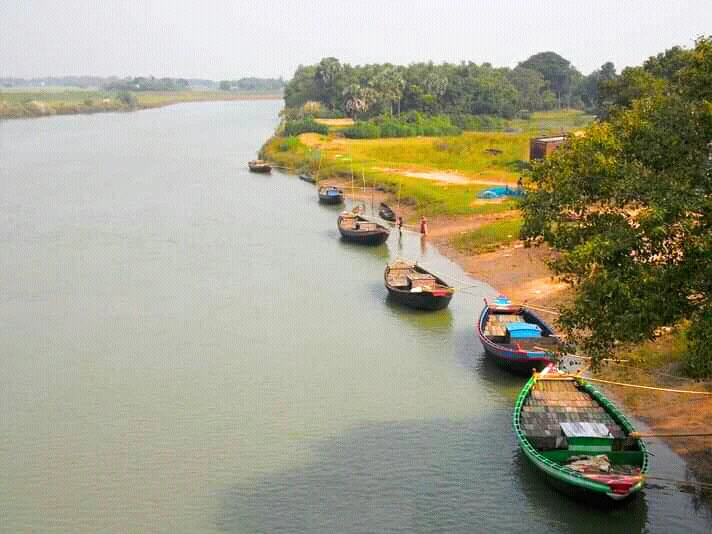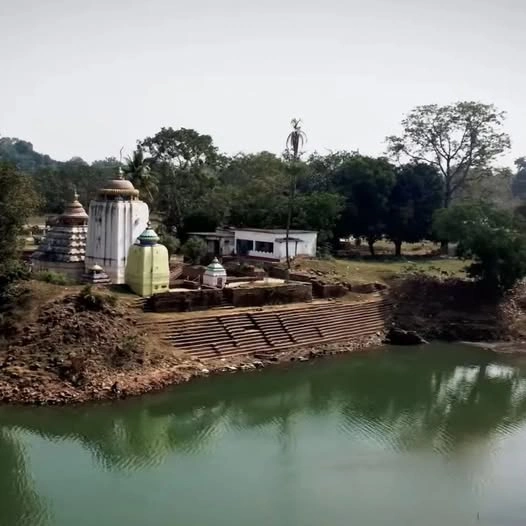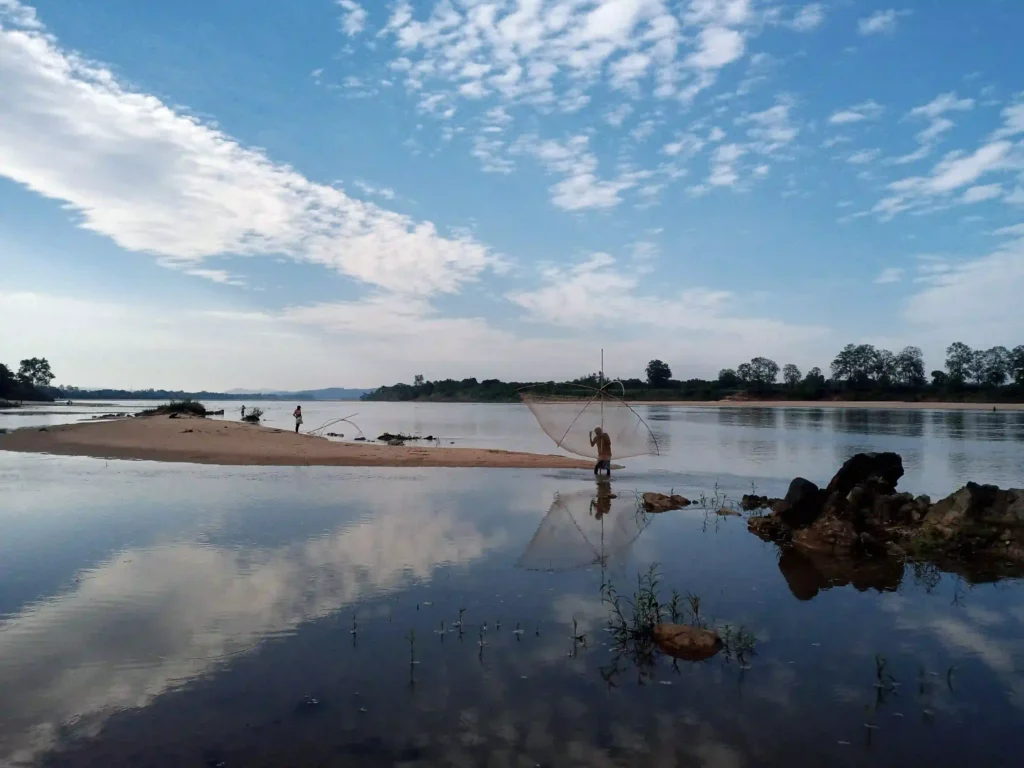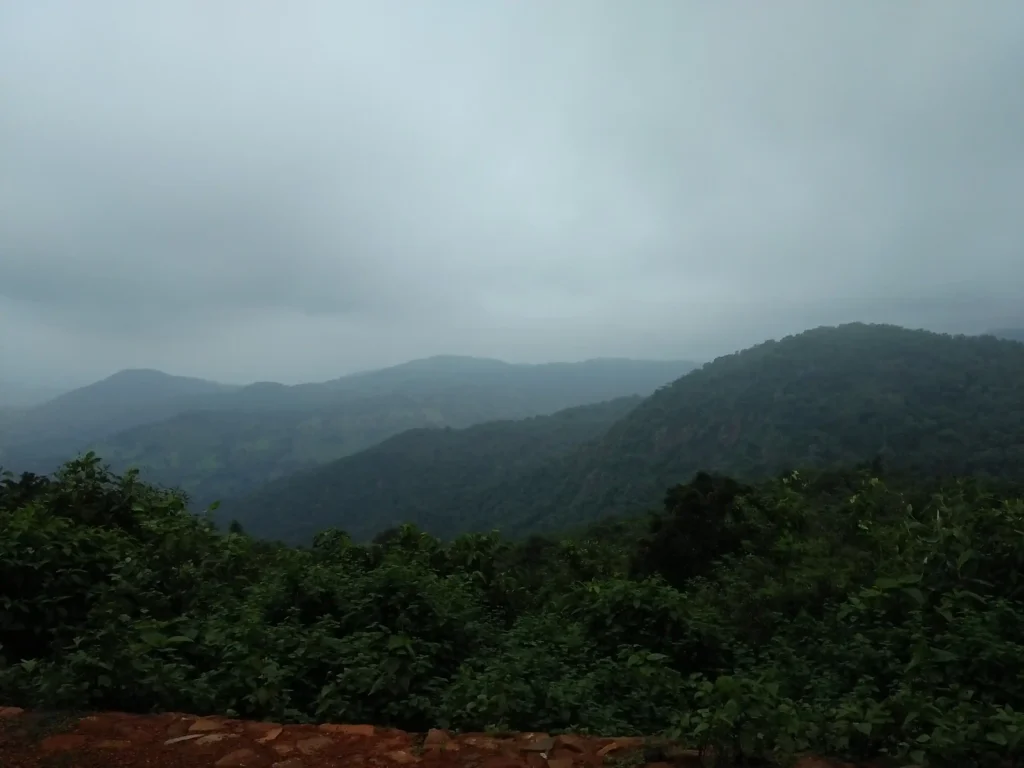
Table of Contents
Introduction – Why the Baitarani River Holds a Special Place
If rivers could tell stories, then the Baitarani River Odisha would weave a tale of devotion, legends, and timeless beauty. Moreover, flowing 360 km from the Gonasika Hills in Keonjhar to the Bay of Bengal, this sacred river nourishes landscapes and beliefs alike. In fact, revered in Hindu mythology, celebrated in festivals, and vital for agriculture, the Baitarani is more than just a river; it is Odisha’s spiritual lifeline.
Therefore, let’s journey through its myths, origins, scenic routes, and significance to discover why the Baitarani deserves a spot on your travel list.
The Baitarani in Mythology – A Sacred Passage Between Worlds
Mythology breathes life into the Baitarani. For instance, ancient Hindu texts such as the Mahabharata and Puranas describe it as the Baitarani, the river of transition between life and the afterlife. Indeed, crossing it was believed to cleanse sins and guide souls toward salvation.
Even today, devotees believe bathing in its waters brings spiritual merit. Moreover, festivals like Maha Shivaratri and Shravan’s Bol Bam Yatra transform the riverbanks into vibrant pilgrim hubs. At its sacred source in Gonasika, where the river emerges from a cow-shaped rock, it is worshipped as Guptaganga or the “Hidden Ganga.”
Thus, the Baitarani isn’t just a geographical feature; instead, it’s a divine symbol of rebirth and purity.
Origin of Baitarani River – The Hidden Stream of Gonasika
The origin of Baitarani river lies in the Gonasika Hills of Keonjhar district at about 900 meters above sea level. At first, the river flows underground for half a kilometre before surfacing; consequently, this is a phenomenon that inspires awe and reverence.
For 80 km, the river travels northward, and then briefly forming the Odisha-Jharkhand border, before turning east to embrace Odisha’s fertile plains. Along its journey, the river receives 65 tributaries, including Salandi, Kusei, and Budhi; moreover, these enrich its flow until it finally merges with the Brahmani River near Dhamra before meeting the Bay of Bengal.
This path makes the Baitarani both mystical and majestic, like an underground spring that blossoms into a lifeline.
The River’s Geographic Journey – From Hills to Coast
The Baitarani River Odisha meanders through districts like Keonjhar, Jajpur, Bhadrak, Balasore, and Mayurbhanj. In fact, its basin, spanning 12,790 km², supports lush fields and diverse ecosystems.
Moreover, one of its most enchanting features is the delta near Chandabali, where the Baitarani joins forces with the Brahmani and flows into the sea. This region, dotted with mangroves and fishing villages, truly showcases Odisha’s coastal charm.
For travellers, the river’s journey offers a chance to see every landscape. Furthermore, forested hills, fertile plains, and marine ecosystems are all blended into one breath-taking trail.Ecological and Economic Importance – The Lifeline of Communities
Beyond its myths, the Baitarani plays a crucial role in sustaining lives:
- Agriculture: Irrigates nearly 62,000 hectares of land, supporting rice and sugarcane cultivation.
- Water Projects: Barrages and planned projects like Bhimkund promise to expand irrigation and flood control.
- Biodiversity: Its delta nurtures the Bhitarkanika mangroves, home to saltwater crocodiles and over 200 bird species.
- Industries: The mineral-rich basin supports mining and industrial activities in Keonjhar and Jajpur.
Must-Visit Attractions Along the Baitarani
- Gonasika Hills (Keonjhar): Sacred origin of the Baitarani, perfect for spiritual seekers and trekkers.
- Akhandalmani Temple (Bhadrak): A Shiva shrine by the river, famous for rituals and Maha Shivaratri celebrations.
- Bhitarkanika National Park (Kendrapara): Explore mangroves, crocodiles, and migratory birds at the river’s delta.
- Anandapur & Barunei Temple: Ideal for riverside picnics and cultural exploration.
- Dhamra Port & Chandabali: Where spirituality meets the sea, offering boating and maritime charm.
Best Time to Visit the Baitarani River
- October to March: Pleasant weather (15-25°C), ideal for exploring riverside temples and wildlife.
- February-March: Maha Shivaratri transforms riverbanks into spiritual centres.
- July-August (Shravan): Pilgrims throng during the Bol Bam Yatra.
- Avoid June-September: Monsoon floods often disrupt travel.
How to Reach the Baitarani River Site Easily
- By Air: To begin with, fly into Biju Patnaik International Airport (Bhubaneswar), which is about 130 km from Bhitarkanika and 70 km from Bhadrak.
- By Train: Alternatively, board trains to Bhadrak Railway Station or Jajpur-Keonjhar Road Station; moreover, both are close to key stretches of the river.
- By Road: In addition, drive along NH16 (Baitarani road) connecting Bhubaneswar to Bhadrak, Anandapur, and Chandabali. Furthermore, OSRTC buses also serve these routes, offering budget-friendly options.
Accommodations Along the Baitarani River
- Budget stays: For instance, guesthouses in Bhadrak start at ₹1,000 per night.
- Mid-range hotels: Similarly, they are available in Jajpur and Keonjhar with AC amenities.
- Eco-stays: Moreover, Bhitarkanika Eco Retreat and OTDC’s Panthanivas in Chandabali offer comfort amidst nature.
Practical Tips for Travelers
- Firstly, wear sturdy shoes for trekking in Gonasika or mangrove trails in Bhitarkanika.
- Also, carry water, sunscreen, and insect repellent.
- Additionally, respect temple customs like modest dress and no photography inside sanctums.
- Finally, travel early morning for serene river views and fewer crowds.
People Also Ask – Answers to Common Questions
Q1. Where does the Baitarani River originate?
Q2. Why is the Baitarani River important in mythology?
Q3. Which districts does the Baitarani River flow through?
It flows through Keonjhar, Jajpur, Bhadrak, Balasore, and Mayurbhanj before joining the Bay of Bengal.


Pingback: Heritage Walks in Odisha – Puri Heritage Walk & Significance
Pingback: Kumar Purnima in Odisha – Rituals, Jahni Osha & Festival